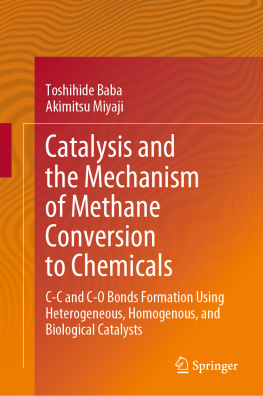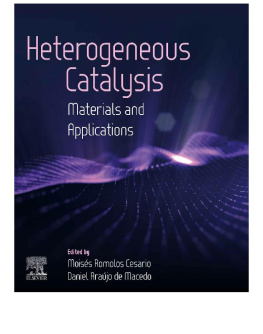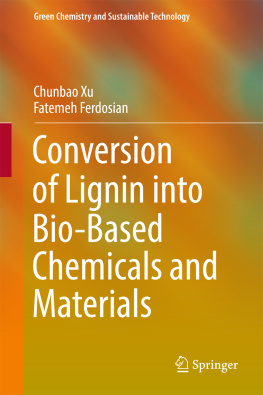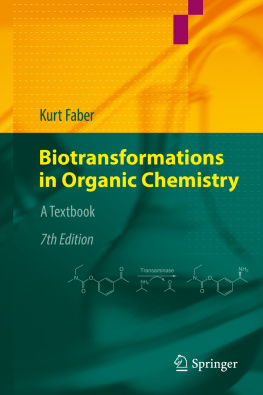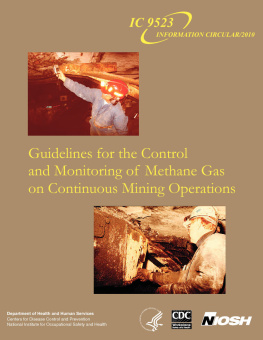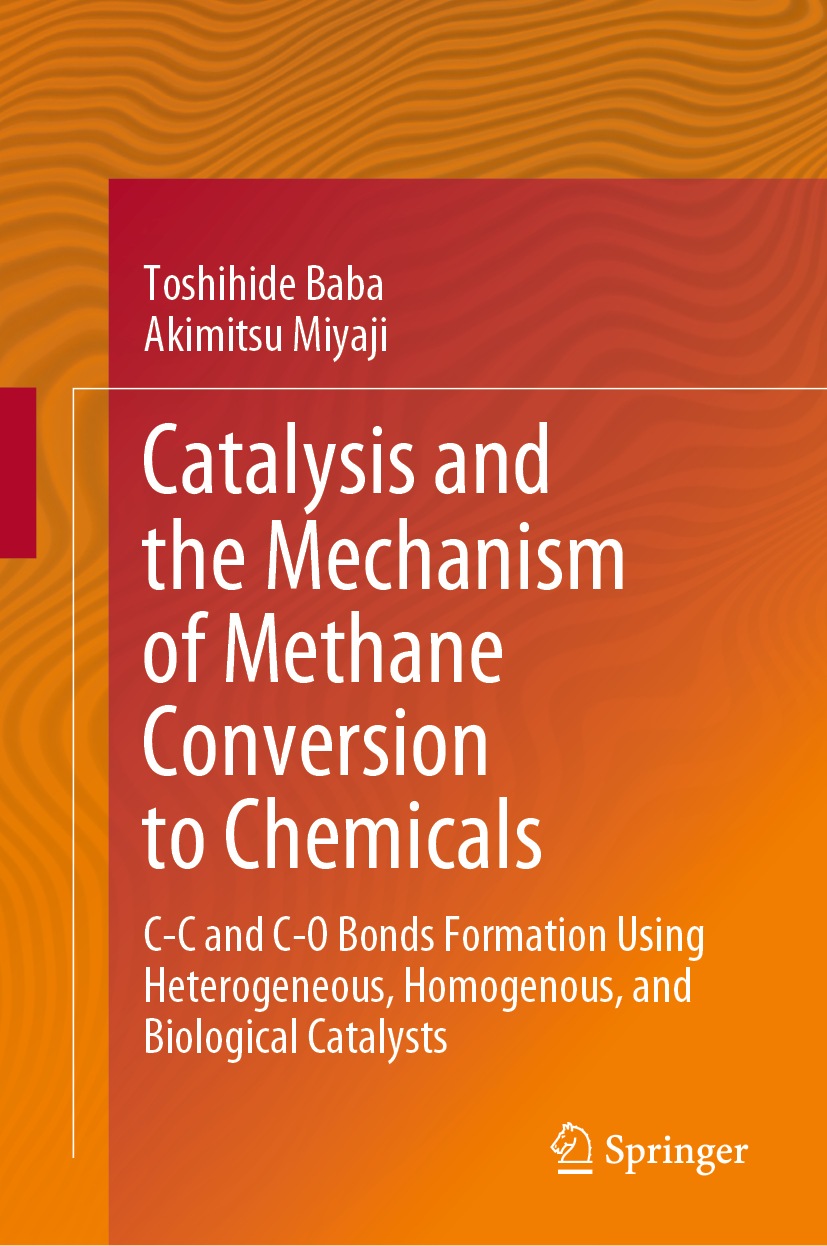Toshihide Baba
Tokyo Institute of Technology, Yokohama, Japan
Akimitsu Miyaji
Tokyo Institute of Technology, Yokohama, Japan
ISBN 978-981-15-4131-5 e-ISBN 978-981-15-4132-2
https://doi.org/10.1007/978-981-15-4132-2
Springer Nature Singapore Pte Ltd. 2020
This work is subject to copyright. All rights are reserved by the Publisher, whether the whole or part of the material is concerned, specifically the rights of translation, reprinting, reuse of illustrations, recitation, broadcasting, reproduction on microfilms or in any other physical way, and transmission or information storage and retrieval, electronic adaptation, computer software, or by similar or dissimilar methodology now known or hereafter developed.
The use of general descriptive names, registered names, trademarks, service marks, etc. in this publication does not imply, even in the absence of a specific statement, that such names are exempt from the relevant protective laws and regulations and therefore free for general use.
The publisher, the authors and the editors are safe to assume that the advice and information in this book are believed to be true and accurate at the date of publication. Neither the publisher nor the authors or the editors give a warranty, expressed or implied, with respect to the material contained herein or for any errors or omissions that may have been made. The publisher remains neutral with regard to jurisdictional claims in published maps and institutional affiliations.
This Springer imprint is published by the registered company Springer Nature Singapore Pte Ltd.
The registered company address is: 152 Beach Road, #21-01/04 Gateway East, Singapore 189721, Singapore
Preface
Methane, which is a ubiquitous reservoir of chemical energy, is very thermodynamically stable, and its successful utilization in chemical synthesis requires quite significant kinetic barriers to be surmounted. Despite this, methane can be directly converted into high-value-added chemicals such as methanol, aromatic hydrocarbons, and olefins. This book deals principally with the direct conversion of methane to produce chemicals with CO and CC bonds, meaning that processes involving synthesis gas as an intermediate are not considered. Achieving the direct conversion of methane is a great challenge; however, the development of direct methane conversion processes is essential from both economic development and energy security points of view. Many researchers have sought to convert methane into chemicals via various catalytic systems involving heterogeneous, homogeneous, and biological catalysts by using advanced experimental and theoretical techniques together with various strategies. However, industrial processes for the direct conversion of methane to chemicals have not yet been developed. For scientists and engineers, the establishment of next-generation processes for direct methane conversion represents a grand challenge in chemistry, independent of trends in the larger world such as the discovery of shale gas and the drive to reduce carbon dioxide emissions. The authors are of the view that the development of direct methane conversion is crucial, and is highly preferable to the use of carbon dioxide, the most thermodynamically stable chemical, as a chemical feedstock, as carbon dioxide conversion inherently requires high energy consumption.
To convert methane into value-added chemicals using heterogeneous, homogeneous, or biological catalysts requires addressing questions such as:
How can catalysts activate methane for the formation of CO and CC bonds?
What determines the selective formation of CO or CC bonds?
Can the knowledge of methane chemistry be used to develop new catalytic processes suitable for industry?
The aim of this book is to discuss the highlights of the various investigations that have been conducted in this field, with an emphasis on the fundamental chemistry that has been found to be involved in heterogeneous, homogeneous, and biologically catalyzed methane activation. Thus, it is hoped that this book will provide a deep understanding of the work that has significantly impacted the field of the fundamental chemistry of heterogeneous, homogenous, and biological catalysis. Furthermore, by bridging insights from the various catalytic approaches together in each chapter, cross-disciplinary insights are obtained. Therefore, in this book, the use of heterogeneous, homogenous, and biological catalysis for direct methane conversion are often discussed together in a comparative fashion to connect the disciplines and generate new, unifying concepts.
This book,Catalysis and the Mechanisms for Methane Conversion to Chemicals: CO and CC Bond Formation Using Heterogeneous, Homogenous, and Biological Catalystscomprises seven chapters, among which Chaps.are quite unique compared to previous published books on the topic of methane conversion.
Chapter: Overview of Direct Methane Conversion to Chemicals with CO and CC Bonds
Chapter: Selective Production of Methanol from Methane and Molecular Oxygen at Atmospheric Temperature and Pressure Using Methane Monooxygenases
Chapter: Heterogeneous and Homogeneous Catalytic Partial Oxidations of Methane to Methanol and Its Derivatives
Chapter: Application of Biocatalysts for the Production of Methanol from Methane
Chapter: CC Bond Formation via the Condensation of Methane in the Presence or Absence of Oxygen
Chapter: Conversion of Methane to Aromatic Hydrocarbons
Chapter: CC Bond Formation via Carbocations in the Methane Conversion Under Non-Oxidative Conditions
Both authors would like to express their deep gratitude to Prof. Yoshio Ono and Prof. Ichiro Okura, who opened the vistas of heterogeneous, homogeneous, and biological catalysis to the authors and always inspired them through their enthusiasm for the science of catalysis and long-term encouragement. We also sincerely thank Mr. Shinichi Koizumi and Ms. Takeko Sato, who handled the editing and publication.
Toshihide Baba
Akimitsu Miyaji
Yokohama, Japan

